1. The Baby-Faced Look
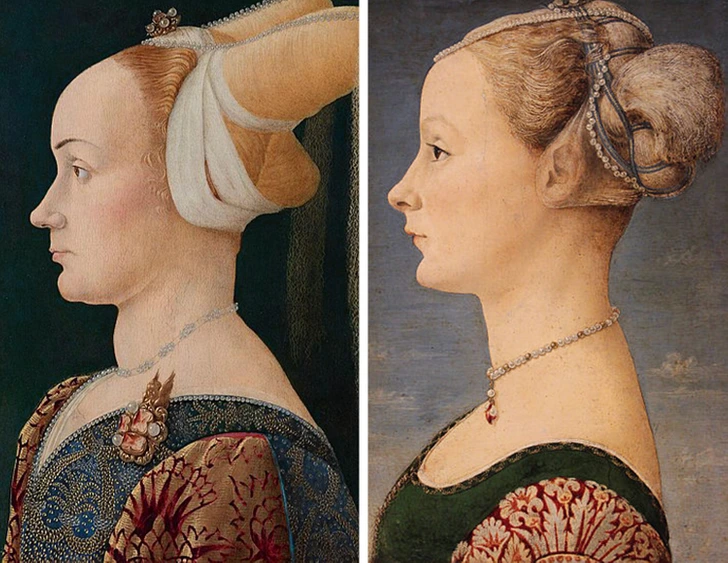
In the late 14th century, during the reign of Queen Isabeau of Bavaria, women went to great lengths to achieve an unusual beauty standard—looking like a baby. High foreheads and elongated necks were all the rage, leading women to shave their hairlines and pluck their eyebrows until they were nearly nonexistent. The goal? To mimic the round, innocent look of an infant’s head.
2. A 24-Inch Waist? Too Large!
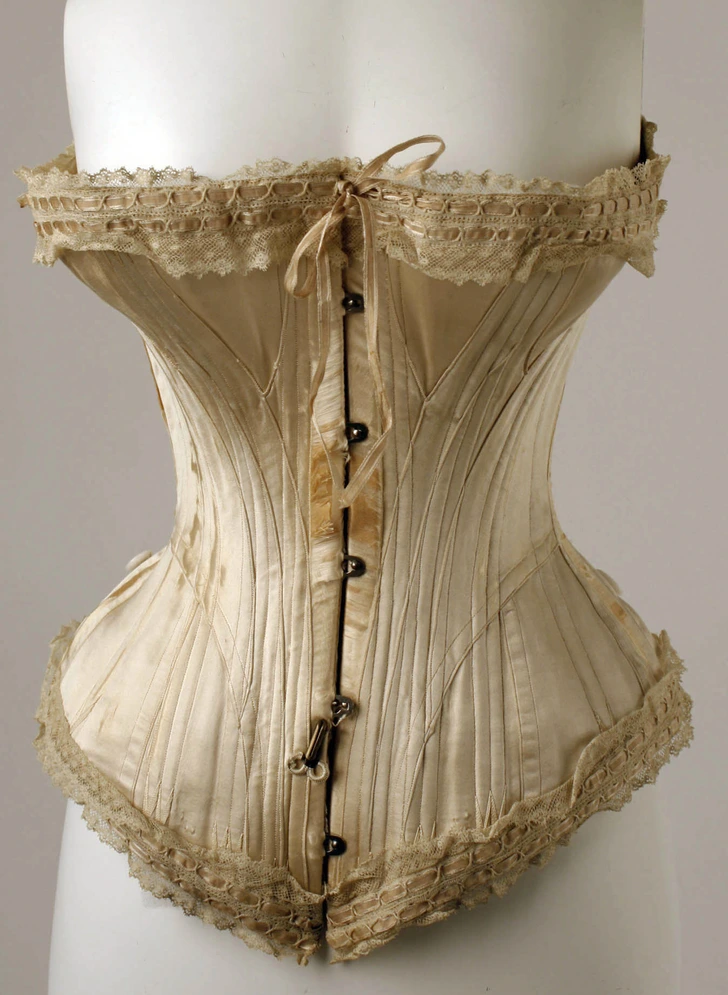
Corsets have been around since the Bronze Age, but in Europe, they gained popularity in the 15th or 16th century. During the rule of Catherine de’ Medici, women were expected to achieve an incredibly tiny waist—sometimes as small as 13 inches. The primary purpose of these corsets wasn’t just to slim the waist but to create an ultra-flat silhouette, often at the expense of women’s internal organs.
3. Skin as White as Snow—At Any Cost
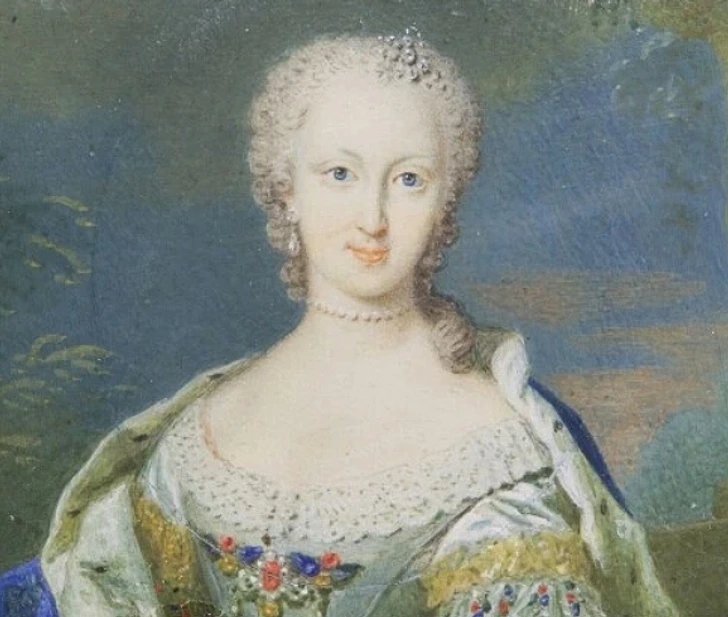
Pale skin was considered the epitome of beauty in 18th-century England, but achieving it came with dangerous consequences. Women used all sorts of extreme methods, including applying dried horse dung to their skin. However, the most harmful practice was the use of lead-based makeup. Ironically, while they strived for a youthful glow, many suffered from poisoning due to prolonged exposure to toxic cosmetics.
4. Two Eyebrows? No, Thanks!
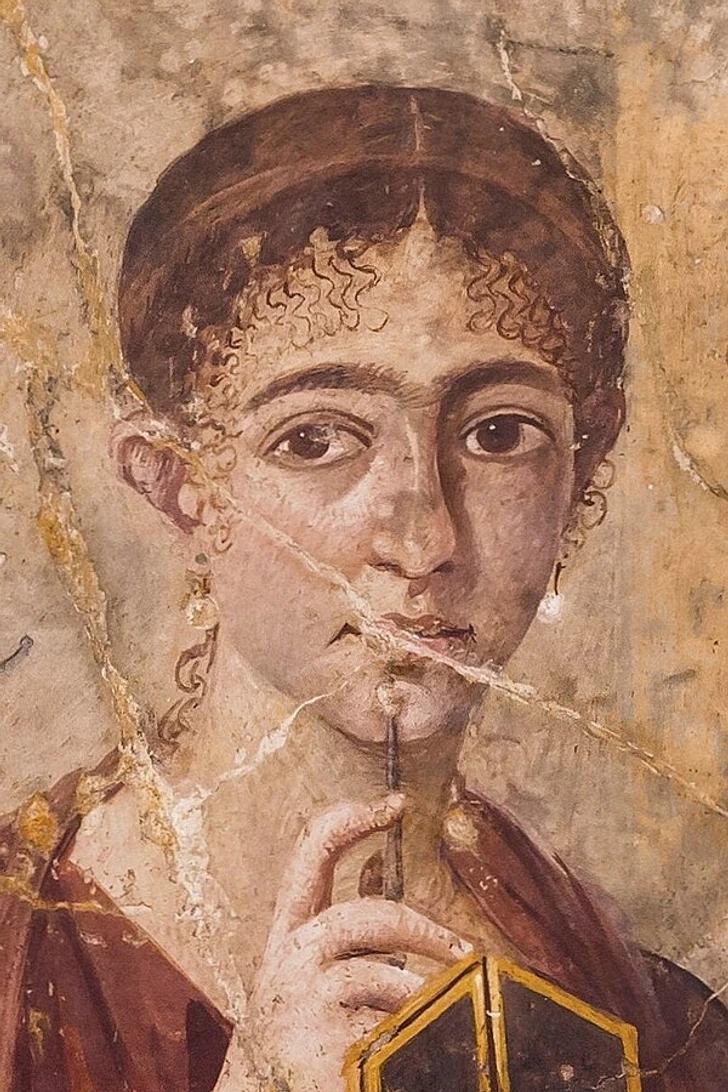
Eyebrow trends have always fluctuated, but Ancient Greece took things to the extreme by embracing the unibrow. If a woman wasn’t naturally blessed with one, she could buy a special “wig” made of goat hair to create the illusion of a continuous brow.
5. The Bold Trend of Colorful Eyebrows
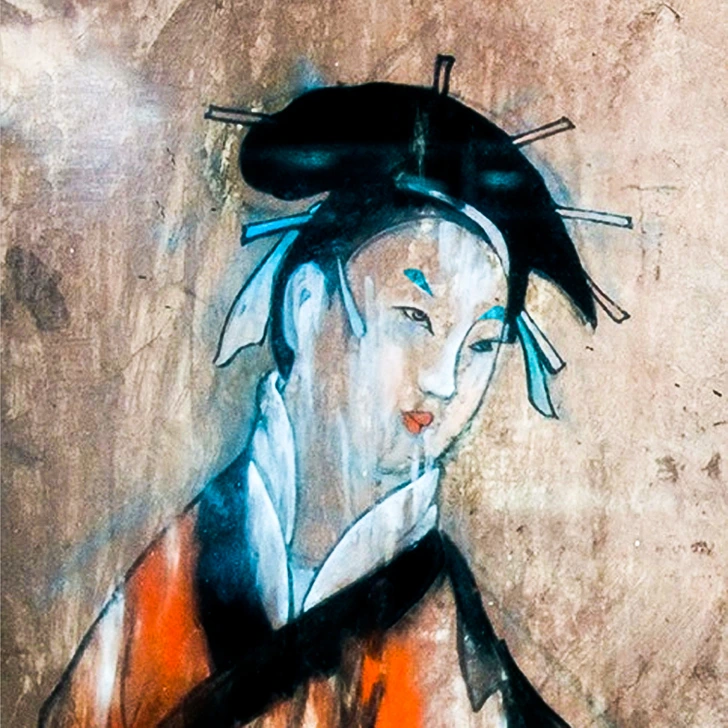
In China during the 2nd–3rd centuries, vibrant eyebrows became a royal fashion statement. One emperor even mandated that his wives paint their eyebrows blue, using expensive, imported ink. This wasn’t just about aesthetics—it was also a symbol of wealth, as only the richest could afford such exotic pigments.
6. The Longer the Fingernails, the Higher the Status
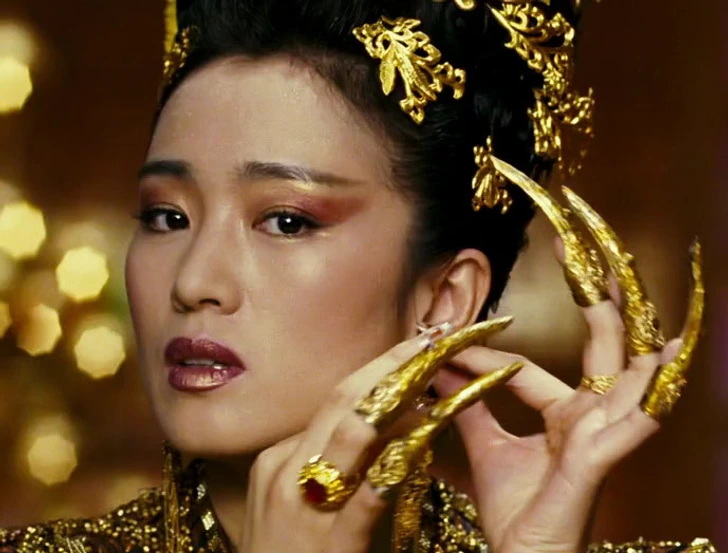
For centuries in China, long fingernails were a direct sign of wealth and status. The idea was simple: if your nails were exceptionally long, it proved that you didn’t need to work with your hands. Some aristocrats even wore elaborate nail guards to protect their precious nails from accidental damage.
7. “Tattoos” in the décolleté area

In the 17th century, plunging necklines were all the rage—but that wasn’t enough. Women took things a step further by using blue paint to highlight their veins, creating the illusion of ultra-thin, translucent skin. This bizarre beauty hack was meant to emphasize fragility and elegance, a look that might leave modern fashion lovers scratching their heads.
Fashion has always been a reflection of society’s ever-changing standards of beauty. While some past trends have inspired today’s styles, others remain shocking, bizarre, and downright dangerous. So next time you’re tempted to complain about modern fashion, just remember—at least no one is forcing you to paint your veins blue or squeeze into a 13-inch waist corset!


